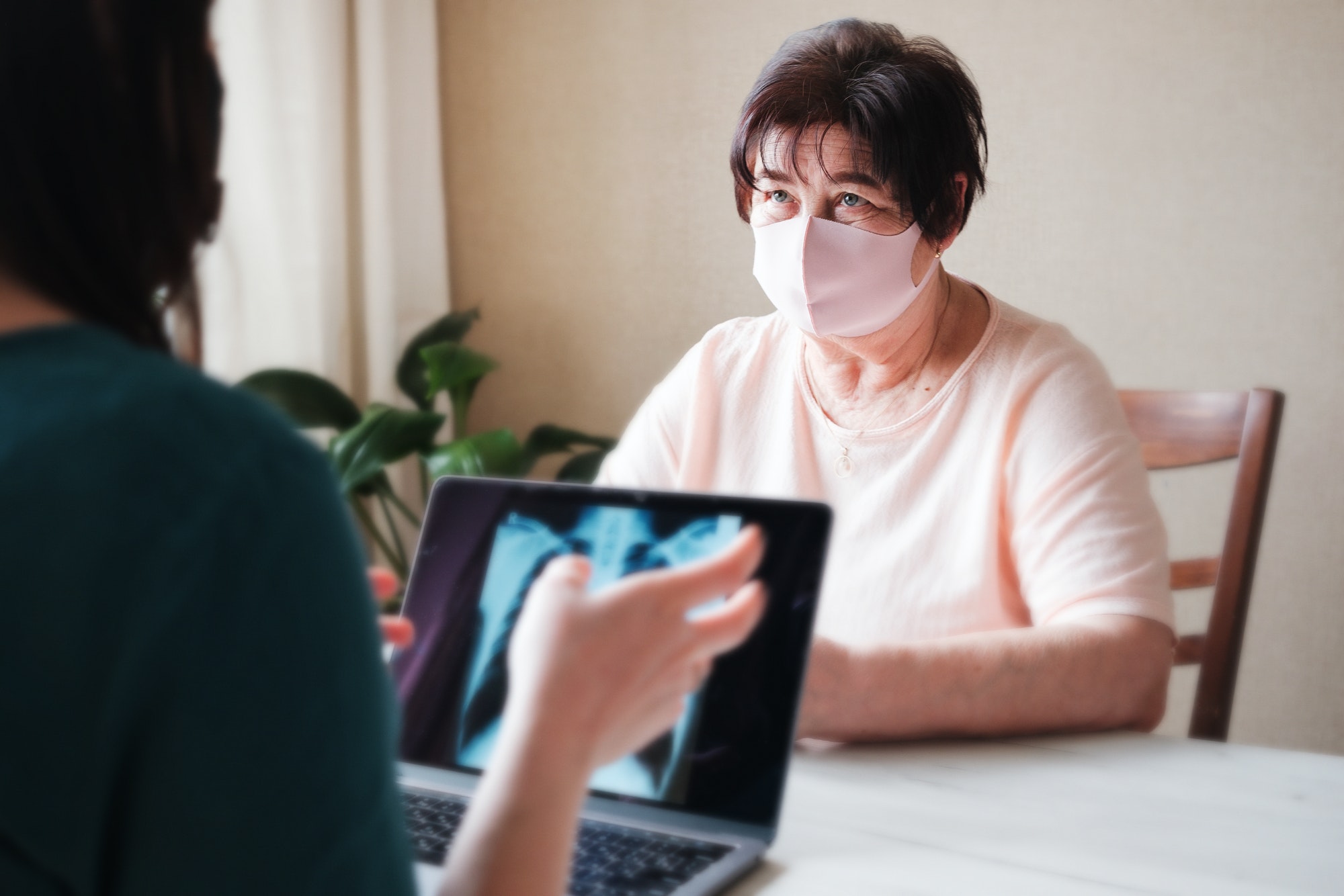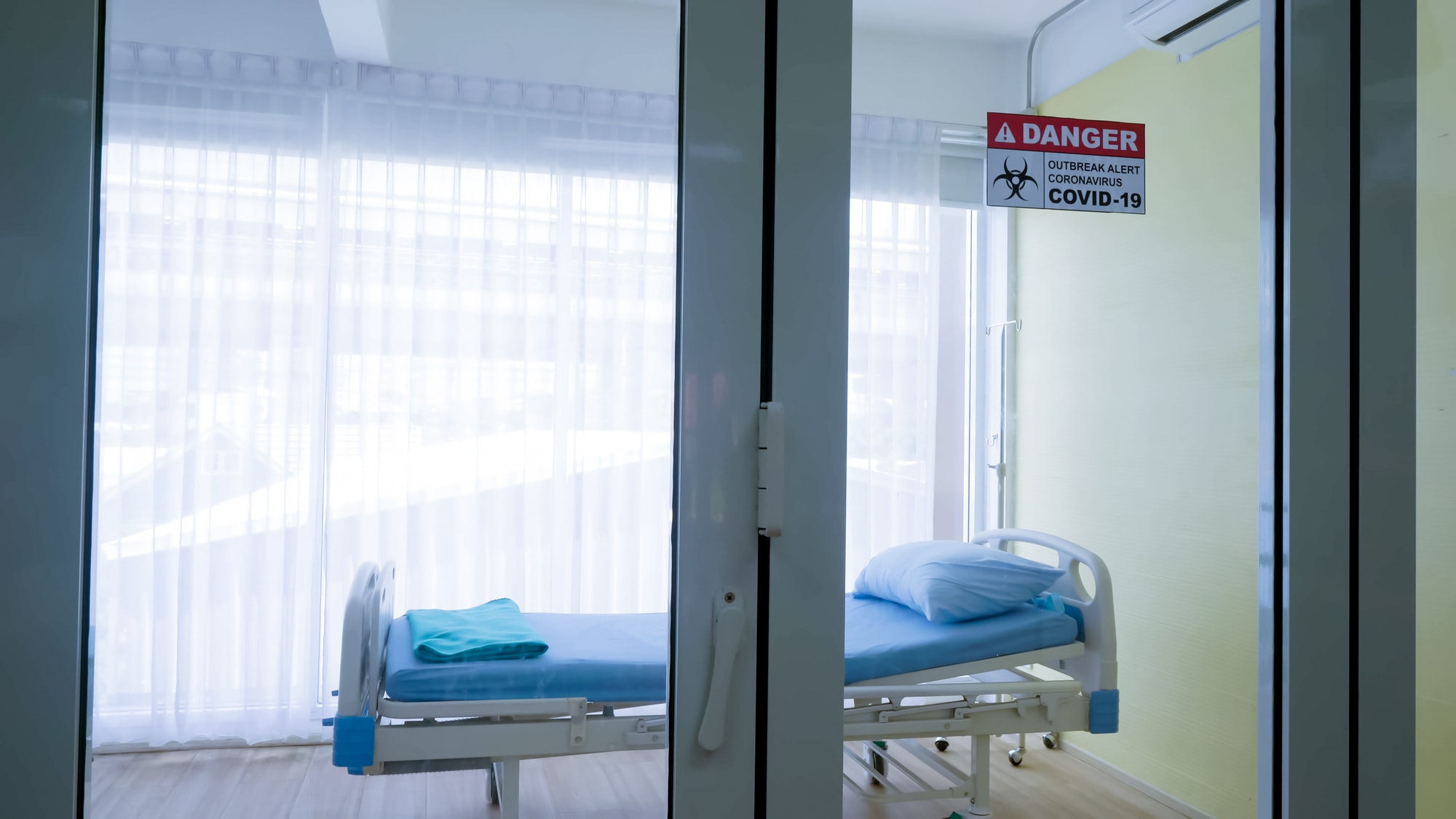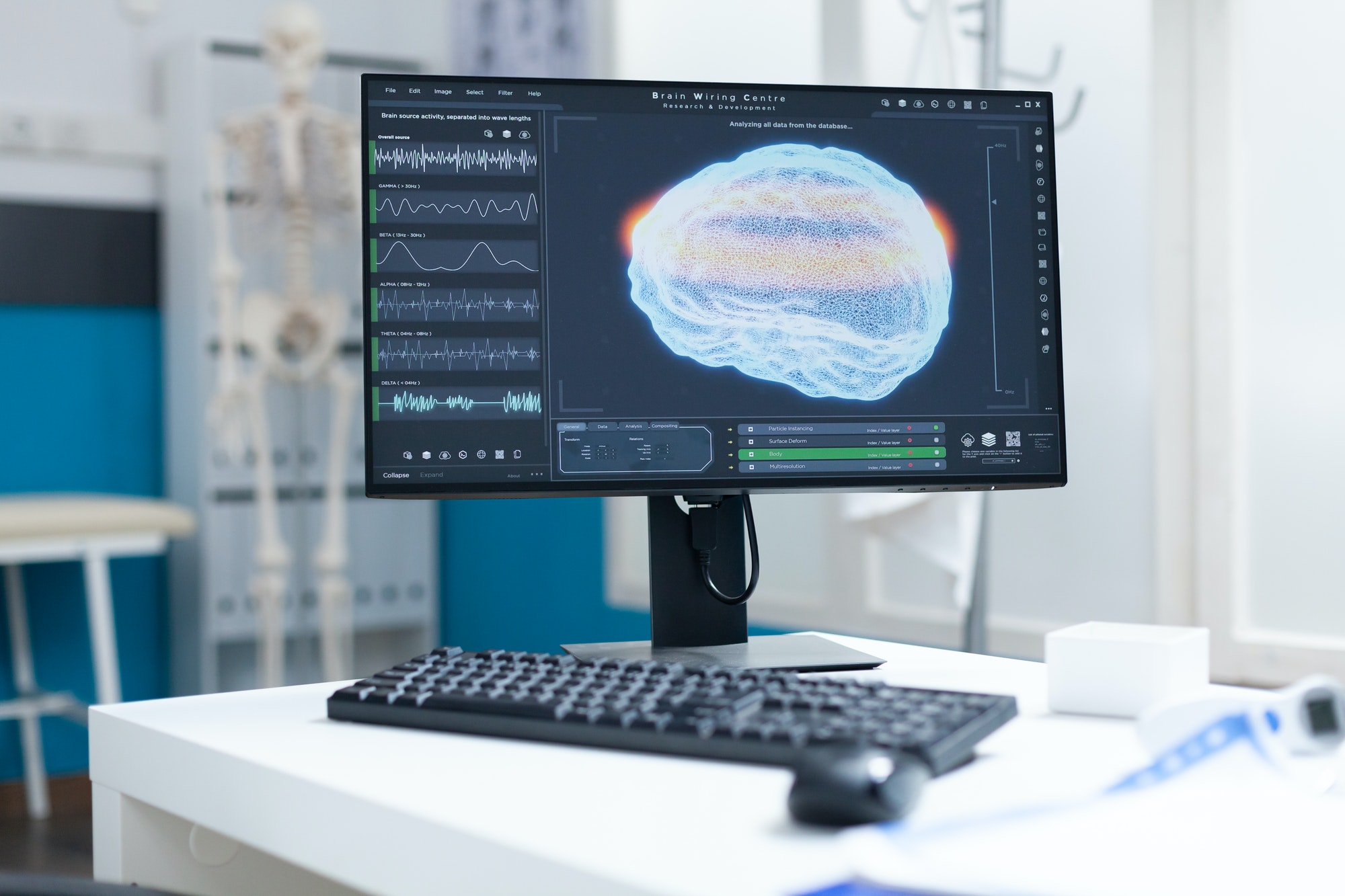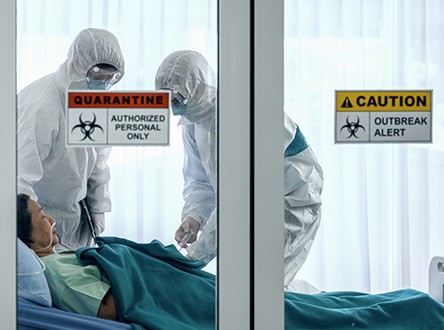DISCLAIMER: The below blog entry was written by an outside, unrelated party and does not necessarily express the opinions or views of or associated with the RemoteICU brand or the individuals associated with the RemoteICU brand. The blog is not necessarily endorsed or supported by RemoteICU nor was the entry reviewed and accepted by individuals associated with RemoteICU. The blog entry is provided simply to address and create interest in topics of import related to telemedicine. Your own independent research and decision-making and seeking of expert / professional opinions are required before you make any decisions whatsoever or form any opinions with respect to any topics addressed therein. By reading the blog entry, you consent to accepting the terms and conditions in this disclaimer.
The Emergency Care Research Institute (ECRI), a non-profit which focuses on patient safety, has issued a report outlining the top ten concerns that could jeopardize patient safety. The report is unique in that the focus is not on typical safety issues such as hospital-acquired infections or shortages of lifesaving machines like ventilators. Instead, the report deals with risks which are related to healthcare providers themselves. Here we explore these risks and how telehealth, particularly eICU, can alleviate them.
What is the ECRI report?
The ECRI publishes an annual Top 10 list to make healthcare organizations aware of impending challenges to patient safety. The list is based on extensive data gathered and analyzed by the ECRI and its affiliate, the Institute for Safe Medication Practices (ISMP). The data include scientific literature, patient safety concerns or events investigated by or reported to the ECRI /ISMP, client queries and research requests, and additional internal and external information sources. The list also offers resources to address each concern and action recommendations.
Report 2022
Prominent among the ECRI’s Top 10 Patient Safety Concerns for 2022 is the potential impact of staffing shortages and providers’ mental health on patients.
There is a plethora of articles which discuss health care issues which can facilitate improvements in patient outcomes. However, the impact of healthcare providers’ well-being and how their personal struggles can have a trickle-down effect on patients are not often addressed. The ECRI’s list describes these concerns as being sources of potential danger for staff and patients alike. The organization maintains that this should be a core focus for 2022 and offers healthcare facilities actionable risk detection, management, and mitigation steps.
Why now?
It isn’t newsworthy that healthcare workers, particularly in ICUs, have highly stressful jobs with heavy responsibility, very long shifts, and many other pressures; so why is their welfare suddenly at the forefront? One reason is the COVID-19 pandemic, which has ushered in unprecedented challenges for the global healthcare industry.
The top 10
The following are the ECRI’s leading patient health pain points for 2022:
- Staffing shortages (ICU physician shortage)
- COVID-19 effects on healthcare workers’ mental health
- Bias and racism in addressing patient safety
- Vaccine coverage gaps and errors
- Cognitive biases and diagnostic error
- Nonventilator healthcare-associated pneumonia
- Human factors in operationalizing telehealth
- International supply chain disruptions
- Products subject to emergency use authorization
- Telemetry monitoring
More on the top 4 risks
Staffing shortages
The US Department of Health & Human Services (HHS) reported that for the week of January 31, 2022, over 11 percent (672 of 6,068) of reporting hospitals were experiencing critical staffing shortages.
Even before the COVID-19 pandemic, shortages of clinical and non-clinical health workers were increasing. The pandemic has compounded the problem, having resulted in the “Great Resignation”. with resulting worsening shortages of hospital registered nurses (RNs) and critical care physicians.
The report recommends several steps to address this issue. Included in these is the recommendation that organizations implement tele-ICU solutions. In our blogs, we have extensively detailed how telemedicine and eICU can alleviate staffing shortages.
COVID-19 effects on healthcare workers’ mental health
The mental health of hospital staff is a primary concern for patient wellness. Before 2020, physicians and nurses were already prone to emotional exhaustion, depression, or burnout. However, the pandemic exacerbated the situation. According to a June 2021 survey of physicians presented in the report, 20% experienced burnout, 29% were previously diagnosed with or treated for depression or anxiety, 6% experienced depression, and a staggering 7% reported suicidal ideation. A survey of nurses also shows troubling results.
As the report states, it is time to support the healthcare workers who sacrificed in order to deliver care throughout the pandemic.
Bias and racism in addressing patient safety
Research shows that ethnic and racial disparities impact patient access to care and outcomes. However, the report addresses a less-publicized impact of discrimination, which is the disparity in how providers report or respond to a harmful event experienced by a minority patient vs. a white patient.
The report recommends that healthcare organizations establish and execute procedures to recognize and eradicate racism and prejudice.
Vaccine coverage gaps and errors
The fourth risk factor goes beyond vaccines for Covid-19. In particular, errors range from giving the incorrect dosage to wrong vaccines or expired vaccines. According to the CDC, vaccination admin errors could cause insufficient immune protection, accidental patient harm, raised costs for providers, and less confidence in the healthcare system.
Regarding errors concerning the COVID vaccine, the report refers to data from the ISMP (Institute for Safe Medication Practices) that has found errors such as mix-ups of age-related formulations and confusion between the Covid and Flu vaccines.
Telehealth in focus
Concerns raised regarding telehealth include technological breakdowns, failures related to clinician response, and human factors in the design, application, usability, and assessment of telehealth systems. However, hospitals which have implemented tele-ICU solutions have seen many benefits, including reduced medical staff stress, improved care during coverage of graveyard shifts, constant patient monitoring, reduced guilt and pressure of complex decision-making, handling various matters and thereby freeing up bedside staff to focus on important tasks such as data collection and dissemination).
In a press statement, ECRI president and CEO Marcus Schabacker, MD, Ph.D. called on government and healthcare leaders to aggressively handle these challenges amid the protracted pandemic and with a weakened healthcare system by prioritizing “recruitment, retention, and clinician resilience.” He noted that their most important job is guaranteeing that patient safety and health are priorities.










































